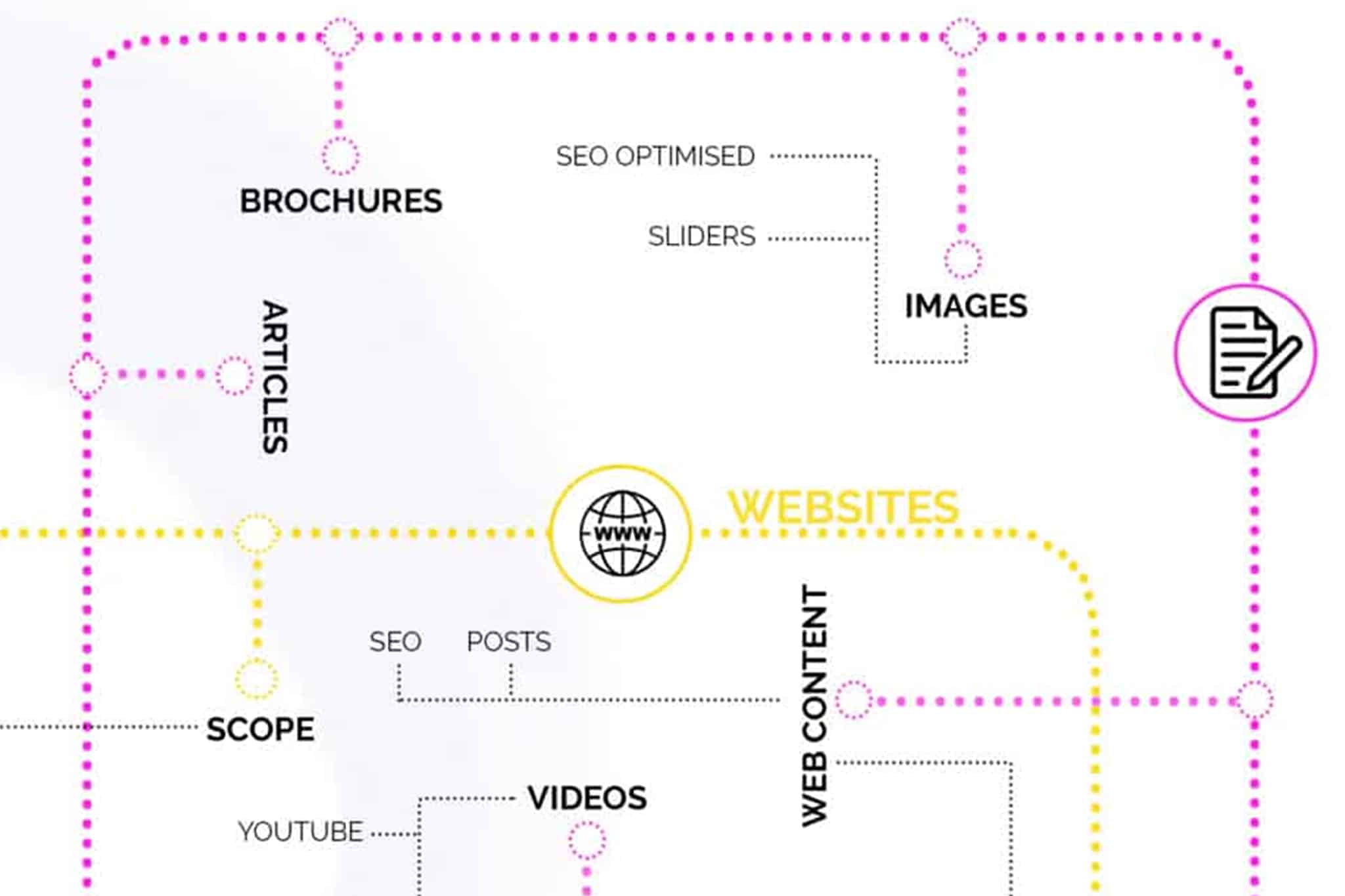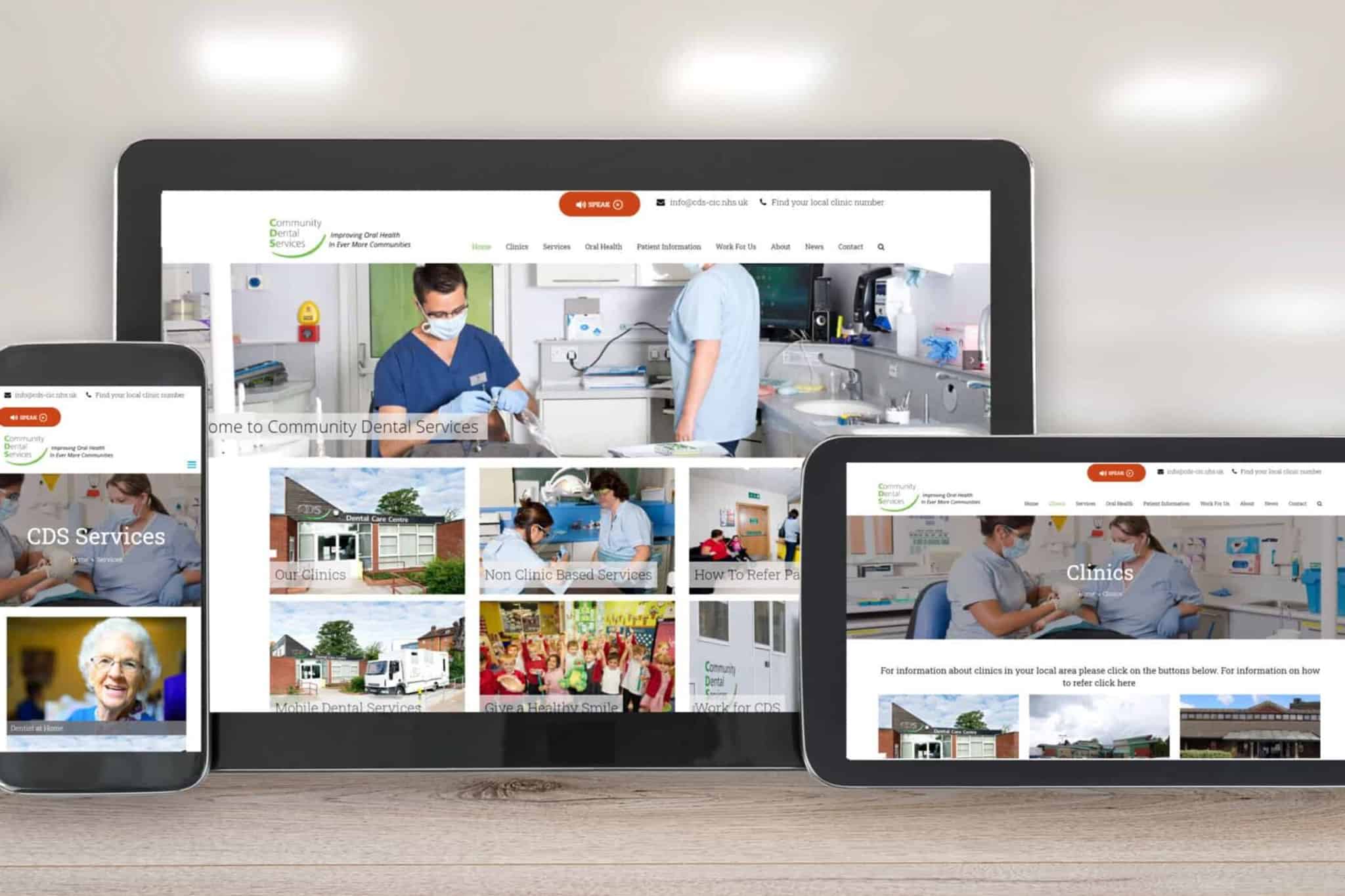Improve Your Sales Profitability
5 Recent Examples Of Issues Impacting on “Profitability”
Over the last 2 months we have spoken with a number of companies who have all faced “profitability” issues. In working with them the following issues were identified as impacting on profits. Read more if you want to improve your sales profitability.
- Response to a sales enquiry
- Complicated purchasing process
- Wasting money on ineffective marketing
- Poor / No management of existing customers
- Being a best kept secret
Improving sales profitability can be a challenging task, but here are some strategies that can help:
- Identify your most profitable products or services: Analyse your sales data to determine which products or services are generating the most revenue and profit. Focus on promoting and selling these items to increase profitability.
- Set realistic goals: Establish specific, measurable, achievable, relevant, and time-bound (SMART) goals for increasing sales profitability. Regularly review your progress towards these goals and make adjustments as needed.
- Reduce costs: Look for ways to reduce your expenses without sacrificing the quality of your products or services. Negotiate with suppliers for better pricing, reduce waste and optimize your resources.
- Increase prices: Consider raising prices of your products or services, but ensure it aligns with the perceived value in the market. You could offer added value through loyalty programs or additional benefits to retain customers.
- Expand your customer base: Look for opportunities to reach new customers through marketing campaigns, social media platforms, referrals, and partnerships. Target your marketing efforts to your ideal customer base to increase conversion rates.
- Improve customer experience: Customer satisfaction is essential to generate repeat business and increase profitability. Ensure you provide excellent customer service by responding promptly to inquiries and addressing any concerns.
- Track and analyse your data: Regularly track and analyse your sales data to identify trends and opportunities to optimise your profitability. Use data insights to make informed decisions on pricing, product mix, and customer segmentation.
Improving sales profitability is an ongoing process that requires continuous effort and monitoring. Implementing the strategies above can help you achieve your goals and boost your business’s bottom line.
1: Response to a sales enquiry
Low Profit Approach
- No dedicated person internally to deal with sales enquiry
- No response or acknowledgement when an e mail sales enquiry made
- Complicated internal issues in costing and raising a proposal – leading to it taking 4 days to provide an initial response
- No verbal communication
Improved Profit Approach
- Automated response to initial contact acknowledging enquiry
- Telephone contact within 15 minutes
- Detailed added value information relating to enquiry provided within 24 hours
- Follow up telephone call once information provided
- Proposal provided within 48 hours
- Follow up call once proposal submitted
- Order gained (at desired level of profitability?)
2: Complicated Purchasing Process
Low Profit Approach
- Lots of business jargon within initial communication “scored high on business bingo index”
- Poor internal communication between departments (engineering design, purchasing, production, sales) in fact almost set up to be a sales prevention device
- Complex bureaucratic internal processes – both time consuming and non value added
Improved Profit Approach
- Very simple jargon free purchasing process – you could easily understand and progress whether you were new to the process or an industry expert
- Highly coordinated team approach to sales (all prepared to talk to a customer if required )
- No white knight mentality at all – the only thing that was important was dealing with the customer in a professional manner (and ultimately making a profitable sale)
3 Wasting Money On Ineffective Marketing
Examples of marketing wastage impacting on profits
Money spent marketing / promotional stuff is an investment that will ultimately help lead to profitable sales. If it doesn’t then it is simply a cost that will mean you need to generate additional sales to cover this cost.
Below are some examples of marketing wastage
- Google adwords campaign – incorrectly set up for geographic areas and negative keywords which led to over 75% of the spend being wasted
- Attendance at an industry trade show – where 5 weeks after the event none of the prospects met at the show had been contacted
- Committing to build a new website without actually knowing how well / badly the existing site was performing
- Continuing to run an advert in a trade directory (cost over £500) when able to identify it had generated no enquiries
- Sending an email campaign to a list of over 400 known contacts (had been previously stored on the companies internal ERP system) . Company didn’t feel it necessary to check the data and had a bounce rate of almost 45%
- Company initiated a promotional campaign but didn’t set up the internal systems, processes and resources, which resulted in over 120 inbound phone calls being missed over a 5 day period
4 Poor / No Management Of Existing Customers
Low Profit Approach
- Customer information stored in paper based system (invoices filed in number order)
- New prospect information captured on post it / hand written notes
- No set process for ongoing communication with customers / prospects
- Difficult to prioritise or identify prospects / customers with greatest potential
- Multiple spreadsheets, with multiple non coordinated duplicate information (in many cases not updated )
Improved Profit Approach
- Very clear process for capturing information on prospects / customers
- All information captured on a Customer Relationship Management system e.g Workbooks / Salesforce
- Clear process for capturing customer information and proactively keeping in contact with them to
- Maintain the customer relationship
- Allow for up sell / cross sell opportunities
- Ensure any changes within the customer / business are captured (change of people / change of requirements)
5: Being a best kept secret
Don’t be a best kept secret
If you are manufacturing a great product or delivering a fantastic service then its important (critical) that prospects / customers know about it.
The following are examples of how companies managed to avoid not getting found
- Being invisible the web
- Being reactive to “promotional” opportunities
- Not having a promotional strategy or plan
If you would like more information to improve your sales profitability and avoid making these 5 common mistakes or complete the form below.
Being invisible on the web
Various research identifies that the web is responsible in 70% of buying decisions. Many companies fail to get found for obvious search terms that perfectly match the products or services they are selling. We have numerous examples of how we have achieved organic rankings for key search terms – where established companies have been unable to do this with their existing websites. For more information and to see case studies call Andrew Goode on 01733 361729 or email andrew@bdolphin.co.uk
Being reactive to “promotional” opportunities
Many companies respond to “advertising” opportunities by being targeted by publishing / media companies. This unfortunately means that promotional options are treated in isolation and are not co-ordinated or optimised. Ultimately this leads to activities that are both costly and less likely to be effective.
Avoiding being proactive
Not having a promotional strategy or plan is a great way to avoid making / taking strategic actions to get found. Unfortunately many companies avoid being proactive simply through not assigning the time to strategic thinking. By not doing any marketing is a great way of avoiding extra work or profitable sales.
Improve Your Sales Profitability
As an SME manufacturer, here are some approaches you can take to improve profitability:
- Streamline operations: Review your manufacturing process and identify areas where you can improve efficiency and reduce waste. Implement lean manufacturing principles to reduce costs and improve productivity.
- Control costs: Monitor your expenses closely and identify areas where you can reduce costs without compromising quality. Look for opportunities to negotiate with suppliers, optimise inventory levels, and reduce energy consumption.
- Increase sales: Focus on increasing your sales by expanding your customer base, developing new products or services, and improving your marketing efforts. Ensure you have a strong online presence, and leverage digital marketing tools and social media to promote your products and services.
- Enhance product value: Look for ways to add value to your products or services, such as offering customisation options, better packaging, or complementary products. This can help you differentiate yourself from competitors and increase customer loyalty.
- Invest in technology: Adopt new technologies that can help you automate processes, reduce errors, and increase productivity. Invest in advanced manufacturing technologies, such as 3D printing, to reduce costs and improve product quality.
- Implement a pricing strategy: Set prices that are competitive in the market while also covering your costs and generating a profit. Consider using dynamic pricing strategies that allow you to adjust prices based on demand and supply factors.
- Focus on customer satisfaction: Keep your customers happy by providing excellent customer service, responding promptly to inquiries, and addressing any concerns. This can lead to repeat business and positive word-of-mouth referrals.
Remember, the key to improving profitability is to continuously monitor and evaluate your operations, make data-driven decisions, and adapt to changing market conditions. By implementing the approaches above, you can optimise your manufacturing processes, boost sales, and improve profitability.
If you would like to know more about how to Improve Your Sales Profitability contact Andrew Goode MBA, MSc, FCIM Click here to arrange a call
Other articles linked with marketing metrics that may provide additional insight. Marketing metrics and analytics, marketing ROI Planning , marketing revenue analytics and Marketing Measurement Metrics or for website design











